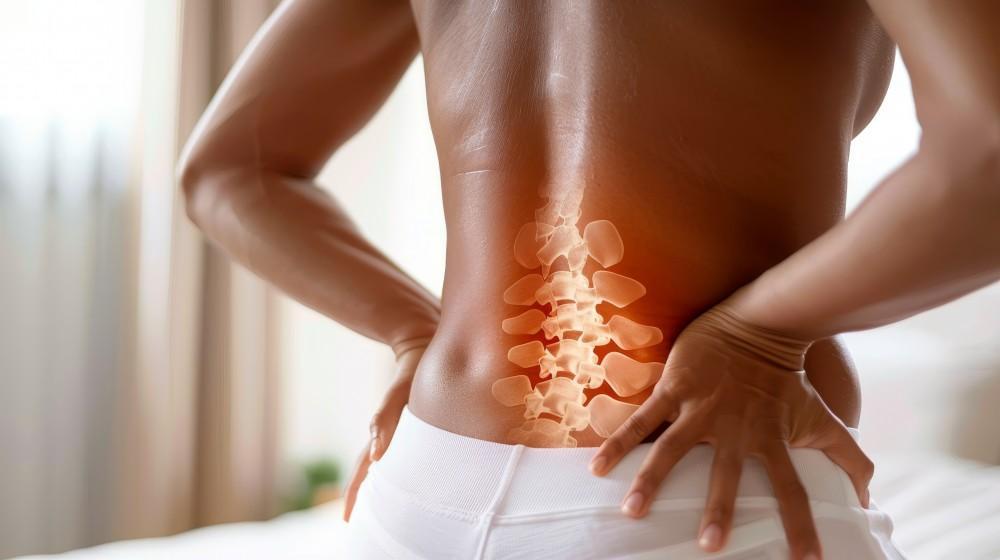Introduction
Pain management has been called “the leading edge” of complementary and Homeopathic medicine (C&H) modalities for integration into conventional healthcare in many countries. New pain-management guidelines from the American College of Physicians and the American Pain Society recommend a wide range of C&H modalities instead of opioids for chronic low back pain—but the recommended C&H modalities do not include Homeopathy. In contrast, the American Pain Management Association’s textbook, Weiner’s Pain Management, has a detailed chapter on homeopathic treatment of pain syndromes.
In a large-scale study in France, where national health insurance covers Homeopathic as well as conventional primary-care doctors, the former prescribed fewer opioids (and half as many nonsteroidal anti-inflammatory drugs [NSAIDs]) for musculoskeletal disorders while providing better results in terms of pain reduction and quality of life. Further, there is much evidence to suggest that Homeopathy can work faster than conventional pain medications or reduce the need for them, without danger of dependence or withdrawal symptoms.
There is also research to suggest that homeopathy can work better than placebo in reducing pain, for example from endometriosis, joint pain and stiffness, and hemorrhoids etc. For those in the throes of withdrawal, Homeopathic medicines can minimize suffering and help to ensure a successful rehabilitation outcome, as reported in the forthcoming article on Post-Acute-Withdrawal Syndrome. (Once dependency is established, it can be too late to substitute Homeopathy for opioids because the receptors have been altered; L. Butehorn, pers. commun., 2017).
Advantages of Homeopathy
Homeopathy is part of mainstream medicine in most countries in Europe, Asia and Latin America as well as in Russia. Most of its medicines are classified as over-the-counter (OTC) drugs by the Food and Drug Administration (FDA). Their safety record has not required restriction to prescription-only status.
In one large study, Germany’s drug safety database was searched for adverse reports on >300 million doses of Homeopathic and anthroposophical drugs (similar to homeopathy). There were only 486 reports of adverse events, of which only 46 were verified as serious. 

The accompanying article on the regulation of Homeopathy contains a detailed examination of the FDA’s recall of Zicam® and teething tablets, the only two Homeopathic products of recent safety concern. These seem to be examples of disproportionate negative media rather than of serious safety concerns with Homeopathy.
Scientific study of Homeopathy
Homeopathy’s mechanism of action is currently being revealed by studies in the newly emerging field of ultrahigh dilution physics. In one scenario, nanoparticles of the original medicinal substance attract water molecules to form liquid crystal structures in the dilution water, which in turn convey information that triggers a homeostatic reaction in the body. In another, coherent domains are formed “among the molecules of the water-alcohol solvent, as predicted by quantum electrodynamics.” The nanodose levels that persist in homeopathic medicines are comparable to the levels at which the body’s hormones and cell-signaling agents operate.
These two qualities of Homeopathy—the active ingredient being present only in nanoparticles and the mechanism of action based on conveying information rather than its medicinal substance—give Homeopathic medicines their unique qualities: the patient needs less and less of them over time; they do not create dependency or withdrawal; they do not interact with other medications; and they can heal other health conditions at the same time in addition to the chief complaint, that is, they provide side benefits instead of side effects.
Patent
Homeopathic medicines in their pure form are not patentable, which leads to another benefit: they are extremely inexpensive, costing in the range of pennies per treatment. A clinic can be equipped with a year’s supply for less than 3milion Pakistani, 87000 Indian Rupe, 86 Euro, 810 Russian Ruble or $1,000.
Because they are non-addictive, there is no incentive for robbery, which enhances the safety of a clinic or pharmacy. They can safely be administered by a community health worker or health coach—which can also be done legally because of their OTC status. A clinic can thus save on salary expenses as well as drug costs.
As an example of this concept in action, Homeopaths Without Borders is empowering Haitians as “Homéopathes communautaires” to conduct their own local Homeopathy clinics with the approval and supervision of the local Health Ministry. 

Potencies
Potency in Homeopathy is based on the number of times the starting substance has been put through the serial dilution/activation process, with higher numbers representing stronger action because of the increased activation.
A potency of 30c is not to be confused with 30cc, a measure of fluid volume used for conventional drugs. European countries use the convention CH rather than c to indicate potency. Some of the citations in this study refer to 30CH, for example, which is comparable to the 30c potency in other countries.
Practical Protocols for Post-Surgery/Post-Dental Extraction Pain Management
The use of Arnica before and after surgery to reduce bruising, swelling, soreness, and pain has been documented, with some variation in the potency (strength) and frequency of dosage.
Arnica can be used in the moderate 30c potency found in retail stores. A typical dose for all of the medicines described in this article is two pellets dissolved in the mouth.
Some examples
In addition to Arnica, the following medicines are also used:
• Myristica, Pyrogenium, Causticum, Calendula etc to help approximate the wound, prevent scarring and infection, and reduce pain. (One study on breast cancer patients showed that it reduced pain from radiation-induced dermatitis, as well as helping it to heal).
• Arnica Montana, Hypericum Perforat, Symphytum Officianalis etc to promote wound healing and reduce nerve pain.
• Phosphorus to help stop excessive bleeding and to help the person come out of anesthesia.
This protocol takes advantage of Homeopathy’s ability to work preventively when given right before it is needed.
• The morning of surgery (or the night before if surgery is in the early morning), one dose of Arnica 30c. Because the pellets dissolve quickly in the mouth and are not swallowed, they do not violate nip per os restrictions.
• Soon after surgery, a dose of Phosphorus 30c, only if the person is drowsy, disoriented, or nauseous after anesthesia, or if there is excessive bleeding (e.g., after a tooth extraction).
• For the first three days, Arnica 30c three times a day. Then Calendula 30c three times a day until the wound is healed.
• If there is nerve pain (the patient reports pain shooting along the path of a nerve, or pain like an electric shock, or pins and needles, or numbness), give Hypericum 30c, or Magnesia Phos, or ranunculus Bulbosus, Lachesis Mutis etc three times a day until resolved.
• If there is nerve damage, injury to the spine, or a headache following an epidural or spinal tap, give Hypericum Perforat, Physostigma Venen, Arnica Mont, Cimicifuja racemos (Actea rasemosa) etc as well. 

Dosage
In case the symptoms are very severe, the medicine can be given more frequently, as often as hourly. If a family member wants to bring the medicines to their loved one in the hospital, an easy way to do this is to dissolve two pellets in a small bottle of water (about 4 ounces, 125 mL) and have the patient sip on it occasionally, labeling what each bottle of water is for.
For unconscious patients, the water can be dabbed on patient’s lips. The water solution of Calendula can be used to irrigate the wound and dampen the gauze in a wet-to-dry dressing in order to speed healing.
Of course, this is the ideal scenario, and it may not be practical in a hospital unless a physician writes an order for the medicines. Sometimes family members are able to bring the medicines in; in other cases, they have to wait until the patient comes home. The sooner the protocol can be started, the more effective it will be.
Availability
What if Homeopathic medicine can be difficult to find in stores. With advance notice, it can be ordered online. In an emergency situation, natural/herbal form for example Calendula can be used instead, diluted in a 1:20 ratio.
A Homeopathic preparation of a nontoxic herb or mineral such as Calendula can enhance its action and also allow for healing from the inside out. For example, if someone has extensive first-degree burns or large areas of abrasion, dissolving homeopathic Calendula in the mouth can be as effective as applying it topically over a large area. The oral administration can be simpler and less painful. For a tooth extraction, the same protocol can be followed, with the possible addition of the medicines for dry socket described under Toothache below.
In my own experience and that of my colleagues, our clients have survived surgery and tooth extraction with rapid healing and minimal need for conventional pain medications. Patients frequently report not needing any patient-controlled analgesia (PCA) after surgery.
One of my colleagues, provided this protocol for her elderly mother who was having a bowel resection. Her mother’s care team was surprised to find her trying to climb over the bed rails and head toward the bathroom the day after major abdominal surgery.
I have also had clients who had a wisdom tooth removed who did not need to fill their prescription for an allopathic narcotic painkiller, and clients who needed no PCA after major surgery such as a double mastectomy.
Homeopathic Medicines for Specific Pain Conditions
A well-known principle of Homeopathy is that the medicine must be individualized to the patient; ten patients with fibromyalgia or rheumatoid arthritis are likely to receive 10 different medicines from a professional Homeopath because each patient has a unique pattern of symptoms. However, this primarily applies to
chronic conditions. 
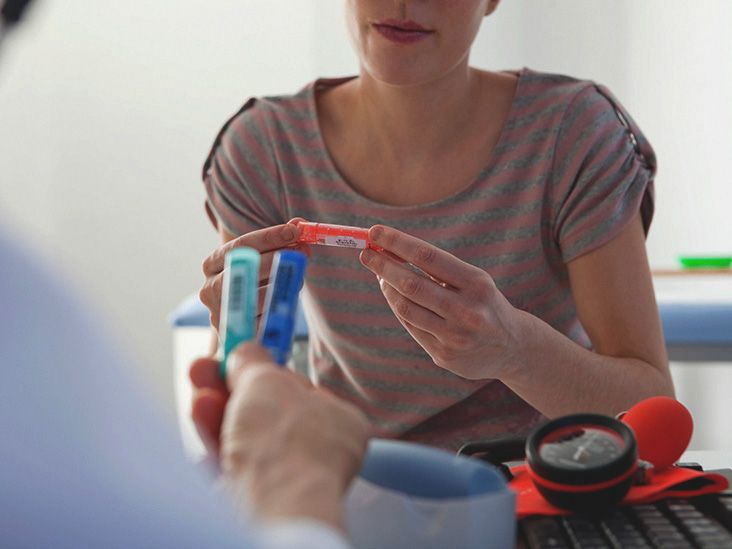
In an emergency situation, or in the case of a very virulent infectious disease, the nature of the trauma or infection imposes the same symptom pattern on nearly everyone. For example, Arnica is useful in almost all acute cases of soft-tissue trauma with bruising, swelling, and/or soreness. This makes it possible to create a standardized protocol using Arnica for post-surgery recuperation or for sports injuries.
Hypericum Perforatum, with its symptom set of numbness, tingling, other paresthesia, and electric-shock sensations along a nerve path—especially after a blow to the spine or a nerve-rich area of the body—similarly becomes a universal remedy when an accident or surgery causes acute nerve pain or nerve damage.
When it comes to short-term or palliative pain management (e.g., treating a sprained ankle or providing temporary relief for arthritic pain), the prescriber typically chooses from among the Homeopathic medicines well known historically for clinical effectiveness (perhaps 3–20 top medicines for each condition). Among them, the choice is then based on individual characteristics: does the patient find relief from a heating pad or from an ice pack, for example, do they prefer to limber up an aching joint, or do they need to keep it still?
Back Pain and Other Musculoskeletal Disorders
Studies in Europe show that patients choosing Homeopathic care have a much lower use of conventional pain medications than those under conventional care (see the Research section for examples). A variety of Homeopathic medicines have been used in the studies. Among those with the greatest clinical evidence of effectiveness are:
Rhus Toxicodendrone
Rhus tox and Ruta Grav for joint pain with stiffness that is worse in damp weather, needs to be limbered up, and feels better from the application of heat and movement. These two medicines are among the most effective and can be difficult to differentiate. You may observe patients needing Rhus tox swinging a joint to limber it up (the “rusty gate” syndrome) or restlessly pacing in the waiting room. Rhus tox is the medicine most often used for fibromyalgia. Ruta Grav has additional qualities of lameness and weakness (ligaments), for example those whose knees go out from under them when going downstairs. 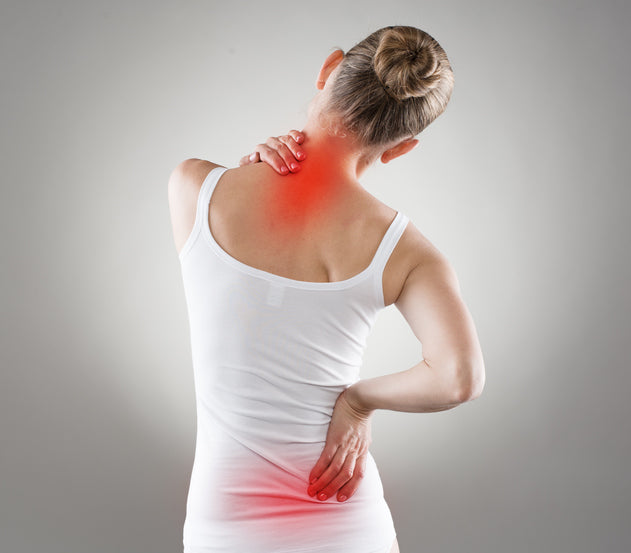
Bryonia Alba
Bryo is for patients with the opposite symptom: they feel worse from stretching and in fact worse from the slightest motion, even the jarring motion of a heavy tread, so they tend to guard or splint their joints. Bryonia is especially good for the serous membranes. Hence, it is good for bronchial pain, bursitis and pleuritis.
Nux Vomica
Nux vomica is a top remedy for
flank or
lower back pain in those with typical Nux vomica symptoms: competitive, ambitious, driven, irritable, apt to use coffee, alcohol, spicy or fried foods, sometimes recreational drugs, therefore apt to have a congested
liver.
Protocol
Using the 30c or 200 potencies (strength) most commonly available in stores, a dose of two pellets dissolved in the mouth can be repeated every one to three hours, depending on the intensity of the pain. In general, with Homeopathic medicines, the medicine is repeated frequently until it starts to take effect, then slowed down or even stopped until symptoms return, so that the body can heal itself.
Broken Bones
Homeopathy can speed bone healing, as well as reduce the need for allopathic analgesics, according to studies. For example, the following three medicines will cover most aspects of bone healing:
- Symphytum is by far the most common medicine for broken bones. Research shows that it can promote callus formation and speed the union of fractures.
- Ruta grav is used when there is a contusion or bone bruise, or when the predominant sensation is soreness rather than sharp pain along the line of the fracture, as in Symphytum.
- Calc phos is used for growing pains in children and for broken bones that take a long time to heal.
Protocol
Using the 30c or 200 potencies (strength) most commonly available in stores, a dose of two pellets dissolved in the mouth twice or thrice a day.
Labor Pains
The research on Homeopathy in childbirth is very wide, for example, Pulsatilla Pratensis, Salix Alba, Caulophyllum etc, a range of medicines to reduce labor pains are included here based on
7000 years of experience and the need to reduce the use of epidurals. Epidurals prolong labor and can trigger a “cascade of interventions” leading to a greater need for an oxytocin injection, a higher rate of instrumental births, and a higher risk of Cesarean section due to fetal distress; with the help of Homeopathy we can manage all of these problems with simple sweet tablets or a half spoon of water mixed with Homeopathic medicine.
Homeopathic medicines can be given in advance to strengthen the uterus and prepare the woman for labor. In one research study, women given a combination of “Caulophylum, Pulsatilla Pratensis, Gerenium and Actea Racemosa” during the ninth month of pregnancy had a 40% – 60% shorter labor and only 5% as many complications of labor.
The following Homeopathic medicines have a long history of successful use for labor pains among Homeopathic obstetricians and midwives. Give a single dose of as often as needed to minimize pain and keep the contractions longer and more efficient. The stronger potency 200c will work better for extreme pain. However, it is recommended only for use by Homeopathic midwives and others experienced with using Homeopathic medicines during labor. 
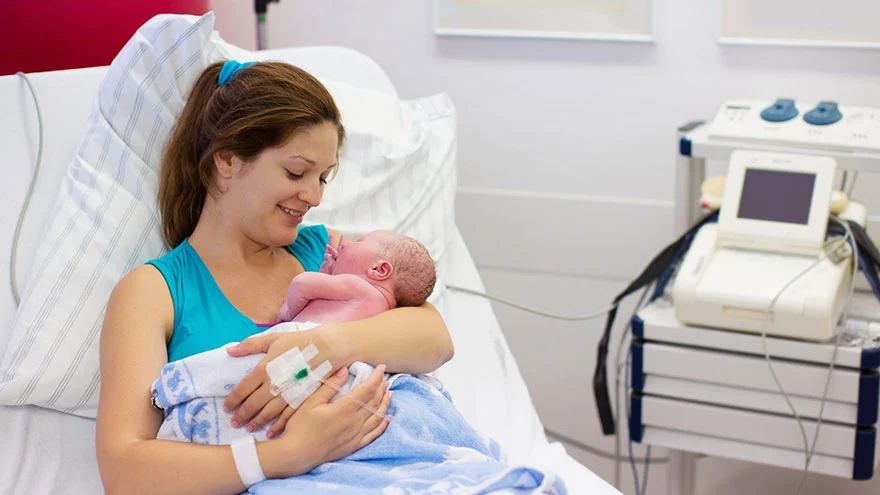
Aconit Nepalus
Aconite for violent, intense, sudden labor pains, especially when the woman is afraid that she will die.
Belladona
For extreme labor pains when the woman has the typical Belladonna symptoms (a wild look in the eyes, reddened cheeks, delirium).
Caulophyllum
When both the labor pains and the woman’s moods are quickly changeable: the labor pains seem to flit here and there, the woman is having mood swings.
Chamomilla
When the pain is so unbearable, nothing can satisfy her: she wants to order everyone out of the room, or she demands something, and as soon as it is given, she refuses it and demands something else.
Cimicifuga racemosa or Actea racemosa
Actea and Cimicifuga, when the labor pains radiate down the thighs, the woman feels gloomy “as if a black cloud is over her,” and she may say she feels she is going insane.
Kalium Carbonicum
Best for back labor and needle-like pains.
Sepia
Back labor with extreme fatigue leading to weepiness and irritability.
After Pain
After pains will also respond to some of the same homeopathic medicines:
- Arnica for its typical feeling of bruised soreness and aversion to being touched.
- Chamomilla for when the woman is irritable and dissatisfied.
- Hypericum for pains in the coccyx, and for the effects of an epidural such as a headache.
- Kali carbonicum for needle-like pains in the lower back.
- Pulsatilla for changeable pains and moodiness, including mild weepiness and a desire for consolation and for company in her pain.
Tooth Pain and Other Pain Conditions Treated by Dentists
Hypericum Perforatum
200 or 30c, two to four times a day, whenever there is nerve pain, such as following oral surgery or in an impending root-canal situation. 
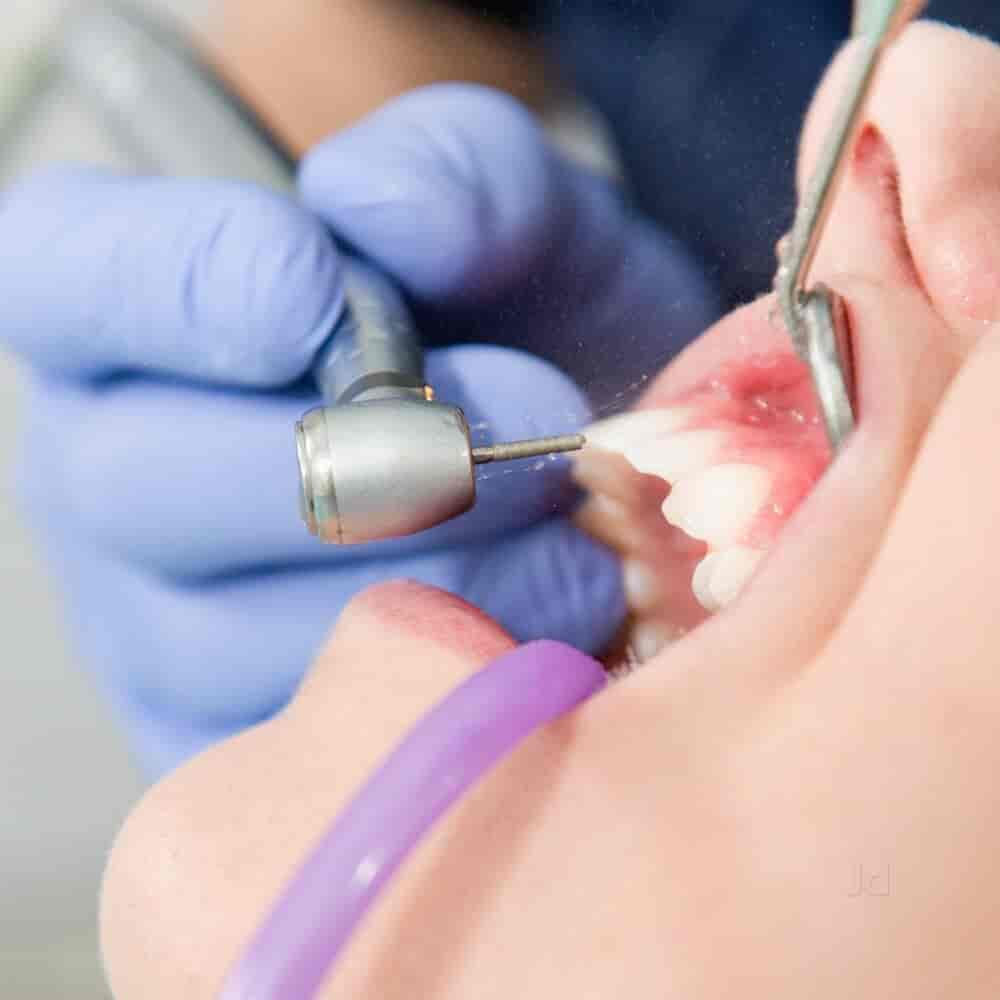
Chamomilla
As often as once an hour for excruciating tooth pain in adults as well as in teething infants.
Symphytum
Once, twice or thrice a day, for pain and swelling after dental implant surgery (Symphytum heals teeth and bones).
Arnica Montana
Arn.Mont is always useful for postoperative pain and swelling.
Nerve Pain
For any toothache and dry socket after a tooth extraction (an extremely painful condition in which the protective blood clot that forms over the empty socket fails to form or is dislodged, exposing nerve endings in the socket):
Belladonna
Bella, for throbbing pain.
Chamomilla
Extreme pain relieved by warm drinks and driving the person to angry outbursts at family members and healthcare providers, Chamomilla gives good results.
Coffea Cruda
Agonizing pain relieved by cold water in the mouth, with oversensitivity to any sensory stimulation.
Hepar sulph
If the dry socket becomes infected (a good anti biotic).
Myristica
Best antibiotic – works even better than Hyper.Perforat.
Silica Tera
it expels the contents of the socket (food debris, pus, remaining of tooth etc).
Antibiotics
The above same medicines can be used for an abscessed tooth or indeed any boil or abscess, fresh and old wounds etc, with the addition of Mercurius, thus: 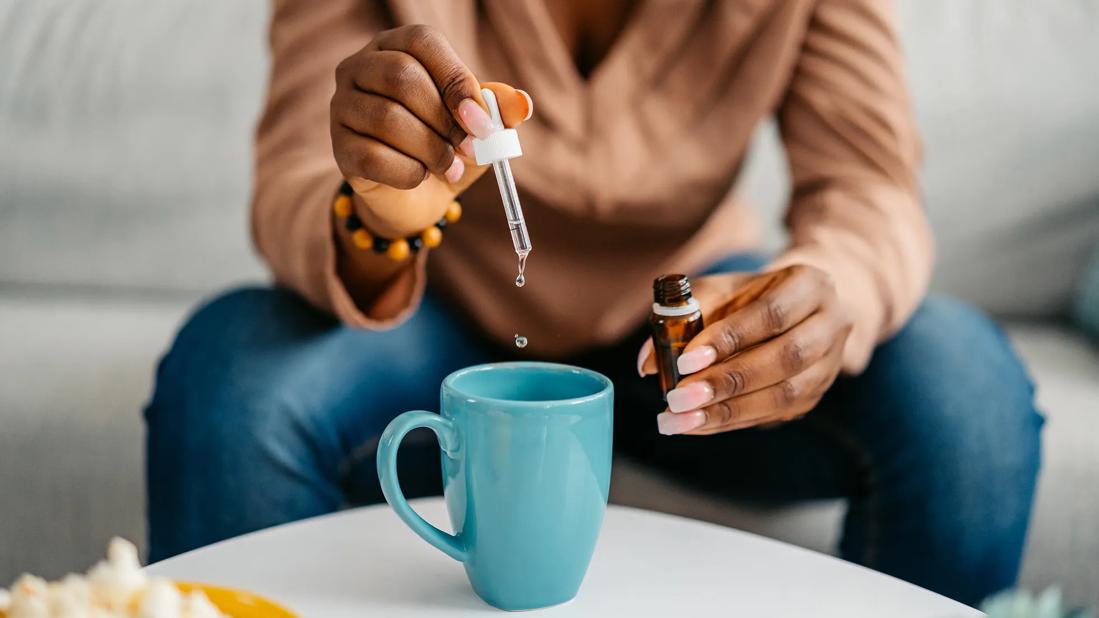
- Belladonna for the first stage of an abscess, when the area is red, warm, throbbing, and swollen but the pus has not yet gathered.
- Hepar sulph for the second stage when the pus has gathered, and the area is extremely tender and sensitive to exposure to heat or cold, to touch, to the slightest draft, which makes the person touchy and averse to having anyone come close.
- Mercurius is used for the same stage, when the pus has gathered, if several of the typical Mercurius symptoms are present: excess salivation, night sweats, bad breath, and possibly small sores in the mouth, plus the person is extremely sensitive to the temperature in the environment, constantly adjusting heat or air conditioning.
- Silica is used for the last phase, when the pus has come to a head and is ready to drain; Silica will speed the bursting of the abscess and quickly heal the tissues underneath.
I had a patient who had dental infection and could not afford the root canal that her dentist said was necessary for an abscessed tooth: I gave her these remedies in succession (using Hepar sulph instead of Mercurius because of the exquisite sensitivity of the area). She took them over a period of several days (5-7). When she got these medicines, she reported that pus oozed out around the tooth, while the pain disappeared on day first. Her dentist confirmed that she no longer needed the root canal.
Trigeminal Neuralgia
Trigeminal neuralgia is known as the “suicide disease” because the pain can be so unbearable and so resistant to treatment that it can drive sufferers to suicide. In one small study, Homeopathic treatment brought 90% relief (in only 15 minutes) of the pain after just one single dose of Magnesia Phos 1M.
Three of the most common medicines for trigeminal neuralgia can be distinguished simply by which side of the face is in pain: Sanguinaria is used for right-sided trigeminal neuralgia, Spigelia for left-sided neuralgia while Magnesia Phos for both sides.
The dosage is 200c (or higher potency) every 15 minutes until relief, then wait until relapse before redosing.
I had a remarkable experience years ago treating a young man with long-lasting trigeminal neuralgia so severe that in fact he admitted to contemplating suicide. His brother and an uncle were doctors, so he had had access to the best treatments available in allopathic medicine to no avail. Just a dose of Magnesia Phos1M and few doses of Spigelia 200c completely relieved his pain. Homeopathy usually work so quickly and so well, that, it is memorable.
Headaches
Research shows that Homeopathy can treat headaches successfully than allopathy, such a wide range of medicines can be useful that it would be impossible to distill them into just a few recommendations. One leading Homeopathic reference work lists more than
60 likely medicines for headaches, making a randomized controlled trial difficult if not impossible. 
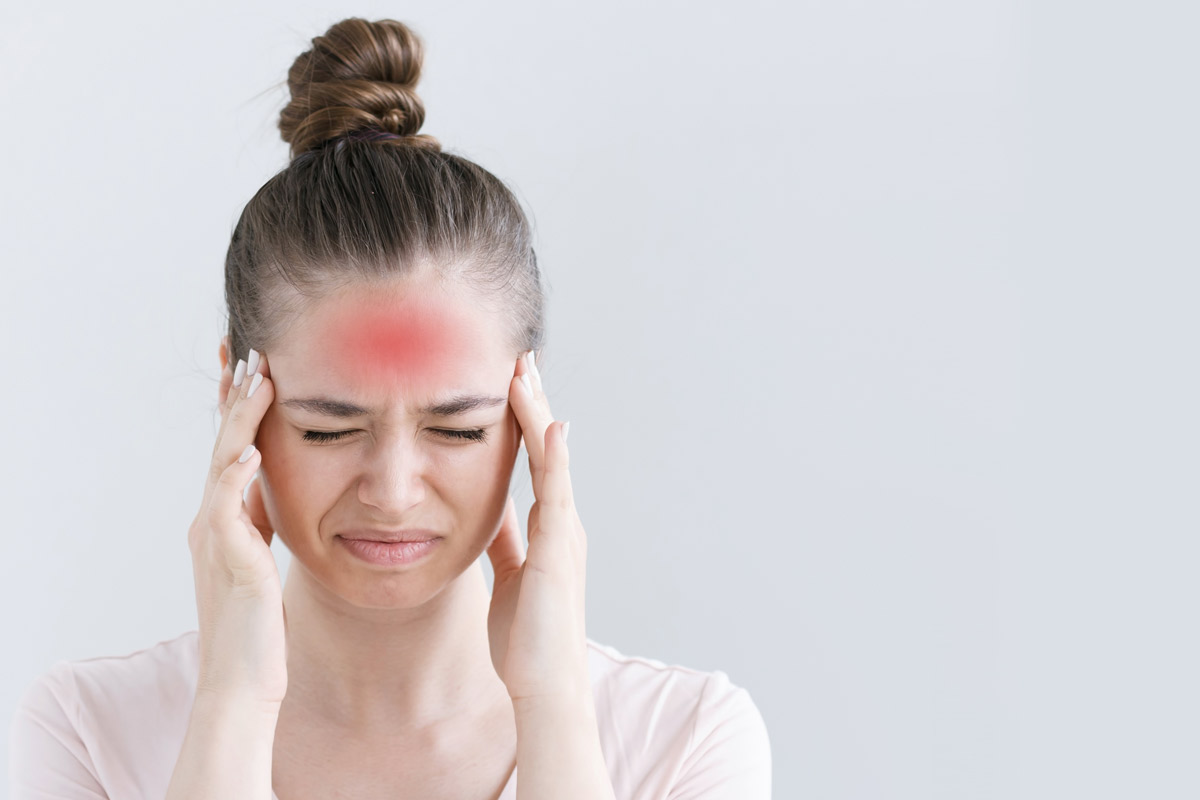
Headaches provide an excellent example of how Homeopathic medicines are matched to the individual’s symptoms. A Homeopath interviewing a patient with frequent headaches will ask what part of the head is affected; whether the left side or right side; what time of day they come on, or what triggers them; whether throbbing or dull; what the pain feels like; and other symptoms specific to the pain. More importantly, the Homeopath will ask what stress or trauma might have led to the pattern of repeated headaches. Then the Homeopath will choose from among dozens of medicines well known to be effective for headaches.
Research
This section will review additional research on Homeopathy for different types of pains, beginning with a brief look at challenges and limitations to research in Homeopathy. In allopathic medicine, recent research is given priority by announcing new medicine every year and side effects of the last one. In Homeopathy, the same medicines used 700 and 200 years ago are still in effectively use today, so that research from the 19th century is still considered valid.
Most homeopathic medicines are not patentable. Therefore, the profit is minimal, and the governments and pharmacy mafias has stopped funding research in Homeopathy. Research on Homeopathy is often criticized for small study size and for lack of replication of studies. These issues require substantial funding to be resolved. Due to a lack of funds in many countries, most research is done in Europe, Russia, Pakistan, India, and South America, typically funded by governments that cover Homeopathy in their national healthcare and therefore are motivated to assess its effectiveness and cost-effectiveness.
Control trails
Randomized controlled trials (RCTs) are now being called into question in conventional medicine. Professor Sir Michael Rawlins, in his distinguished Harveian Lecture to the Royal College of Physicians of London in 2008, stated:
The [hierarchy of evidence] places RCTs at the highest level with a lesser place for those based on observational studies. Giving such prominence to the results of RCTs, however, is unreasonable. As Bradford Hill, the architect of the RCT, stated so cogently: ‘Any belief that the controlled trial is the only way would mean not that the pendulum had swung too far but that it had come right off the hook. They should be replaced by a diversity of approaches that involve analyzing the totality of the evidence base.
Rawlins’ lecture provides a detailed analysis of the limitations of RCTs and the value of other forms of research design. Furthermore, as Dr. Marcia Angell, former editor of the New England Journal of Medicine, has observed, RCTs can easily be manipulated in many ways, for example by ending a trial before the time when side effects are known to show up.
Randomized control trails (RCTs) on Homeopathy are even more difficult to design correctly, since the nature of the RCT (comparing a single drug to placebo) is not consistent with Homeopathy’s basic principle of individualizing the medicine to the patient’s unique symptoms and circumstances.
Single remedy trails
A single medicine can be used in a protocol such as the post-surgery protocol above, which would make the protocol ideal for an RCT. However, several other variables must be controlled correctly in order for the study to be valid. The medicine must be given in an appropriate potency and at an appropriate frequency, and the endpoints must be chosen appropriately. For example, it would be easy to design a study on Arnica for post-surgical pain in which not enough of the medicine is given, or the study is ended only after the subjects’ pain is fully resolved. In both of these cases, the study will appear to prove that Arnica is more effective than placebo. 

Chronic conditions
In chronic conditions, most homeopaths give a strong initial dose. However, this may cause an initial worsening (called an aggravation), which is actually the first sign of healing. A study that lasts only a few weeks may leave the impression that Homeopathy worsened the condition.
Post surgical pain
In a British study on Arnica for post-surgical pain, Arnica 6c did better than placebo on days 2 and 3, as is visible in the graph accompanying the study.
By day 4, pain was resolved in both groups (everyone had stopped taking their pain medication), and the effect of Arnica 6c was less noticeable. The researchers had chosen 200th potency and pain vanished forever.
Research study
Homeopathy (except for emergencies and acute traumas) does best in a research study on its own terms—allowing a professional Homeopath to choose an individualized medicine—and expanding the parameters to include rate of adverse events and of recurrence over an extended period of time, cost of treatment, quality of life, and patient and practitioner satisfaction.
The largest outcome study on Homeopathy was done by the Swiss government, which concluded that Homeopathic treatment was not only effective than conventional/allopathic treatment but costing 50-70% less (cheaper).
The committee conducted its own research on Swiss citizens’ use of Homeopathic versus conventional/allopathic treatment and also examined the existing research, concluding that 20/22 meta-analyses show results for Homeopathy greater than allopathic medicines and placebo.
The following is a review of research on homeopathy for two of the conditions covered in this paper.
Back Pain and Other Musculoskeletal Disorders
A study in France, where patients can choose whether to go to a conventional or homeopathic doctor, has documented the effectiveness of Homeopathy in reducing the use of conventional pain medications.
This year-long study compared patients with a variety of musculoskeletal disorders, including
osteoarthritis,
rheumatism,
fibromyalgia,
muscle spasms,
tendinitis, rotary cuff syndrome,
ankylosing spondylitis,
intervertebral disc disorders,
neck pain, torticollis, and
spinal stenosis.
The homeopathic patients used 25% fewer narcotics and only half as many NSAIDs. Not surprisingly, they had fewer adverse events.
Yet, there was no difference in specific functional scores and no loss of therapeutic opportunity in the Homeopathic cohort—all the more surprising, since the Homeopathic cohort’s conditions were more longstanding.
A two-year multicenter study in Germany of patients receiving individualized professional Homeopathic treatment for chronic
low back pain revealed that the severity of their diagnoses was reduced, along with their use of conventional treatments and health services; the number of patients using conventional drugs was half of the baseline, and quality of life improved in both the physical and mental component scale.
Other studies in Europe have shown that Homeopathy can provide better relief from back pain than conventional/allopathic and placebo, or comparable pain relief with fewer adverse events.

Tooth Pain
An article in the British Dental Journal supports the use of Homeopathy not only for toothache, but also for other types of pain treated by dentists, including burning mouth syndrome and trigeminal neuralgia.
Hypericum in particular (the medicine for nerve pain) was studied in a systematic review that favored its effectiveness, although it was not statistically significant.
Hypericum is more likely to be effective for dental pain involving a nerve rather than pain from soft-tissue trauma from an injury or teething.
Symphytum may reduce pain and swelling after dental implants when given along with conventional pain medication (in an observational study whose authors recommended randomized trials).
Homeopathic treatment was successful in helping 78% of patients avoid a root canal, tooth extraction, or pulp capping in a small study that used a European method not available in some countries (injection of the Homeopathic medicine Pulpa Dentis 30×).
Resources
General
Skinner S. An Introduction to Homeopathic Medicine in Primary Care. Gaithersburg, MD: Aspen Publications, 2001. Written by a nurse practitioner, this book will be especially helpful for primary care practitioners.
Ullman D. Evidence-Based Homeopathic Family Medicine.
This frequently updated e-book is the best explanation of research on homeopathy, how it works, and effectiveness for specific conditions. Plus, a review of the most effective medicines for >100 conditions.
For Musculoskeletal Conditions
Hershoff A. Homeopathy for Musculoskeletal Healing. Berkeley, CA: North Atlantic Books, 1996. Pain relief for headaches, arthritis, and other musculoskeletal conditions, complete with diagrams from a chiropractor/homeopath.
For Labor Pains and Other Maternal–Infant Conditions
Castro M. Homeopathy for Pregnancy, Birth, and Your Baby’s First Year. New York: St. Martins, 1992. Full of wise advice, in addition to an advanced guide to homeopathy in pregnancy.
Moskowitz R. Homeopathic Medicines for Pregnancy and Childbirth. Berkeley, CA: North Atlantic Books, 1992. From a homeopathic physician who began his career working with midwives, useful information and illustrative case studies.
Perko SJ. Homeopathy for the Modern Pregnant Woman and Her Infant. San Antonio: Benchmark, 1997. The most thorough and specific information for labor pains and other maternal–infant health conditions.
For Toothache and Other Dental Symptoms
Lessell CB. The Dental Prescriber. London: The British Homeopathic Association, 1983.
For Headaches
Hershoff A. Homeopathy for Musculoskeletal Healing. Berkeley, CA: North Atlantic Books. Provides a differential among the top 15 medicines for headaches with diagrams for parts of the head. However, remember that headaches are especially difficult to treat by this simple approach. There are many more possible medicines for headaches.
Morrison R. Desktop Guide to Physical Pathology. Nevada City, CA: Hahnemann Clinic Publishing, 1998:3–26, it provides a differential among the top 60 remedies for headaches. Although it would only be useful for those already trained in homeopathy.
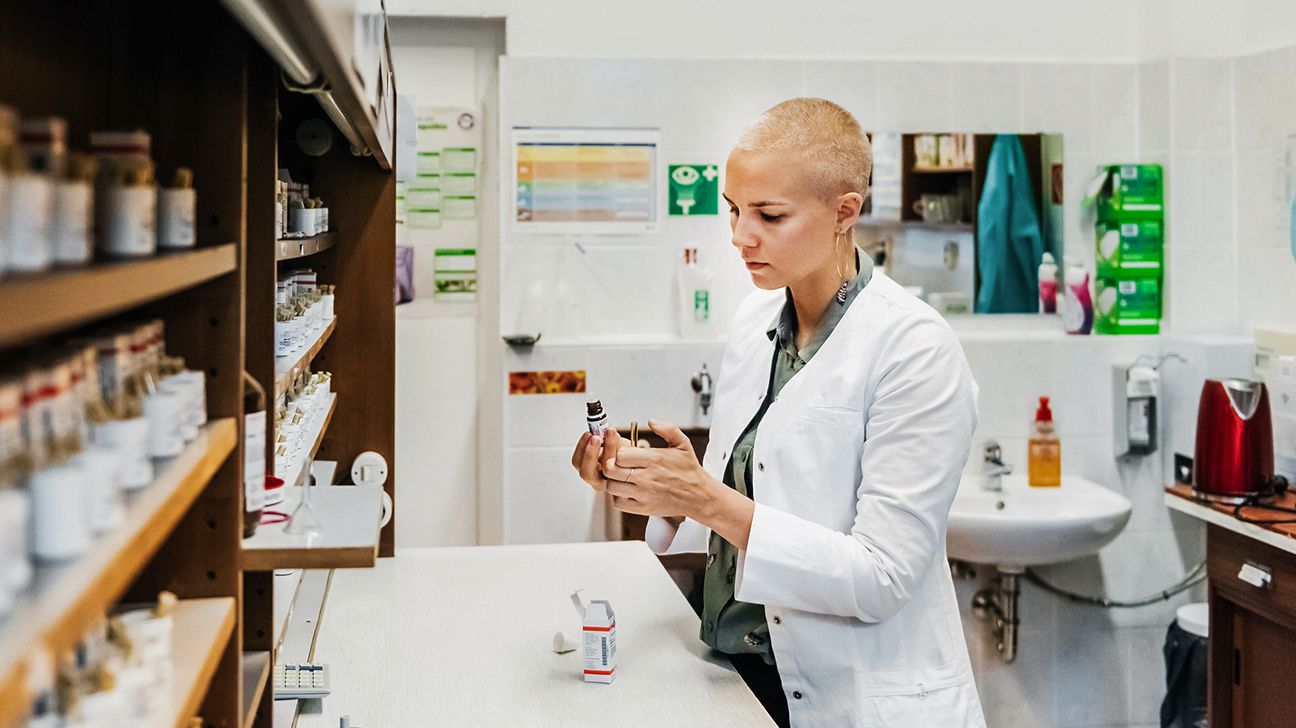








 Dr. Sayyad Qaisar Ahmed (MD {Ukraine}, DHMS), Abdominal Surgeries, Oncological surgeries, Gastroenterologist, Specialist Homeopathic Medicines.
Dr. Sayyad Qaisar Ahmed (MD {Ukraine}, DHMS), Abdominal Surgeries, Oncological surgeries, Gastroenterologist, Specialist Homeopathic Medicines.